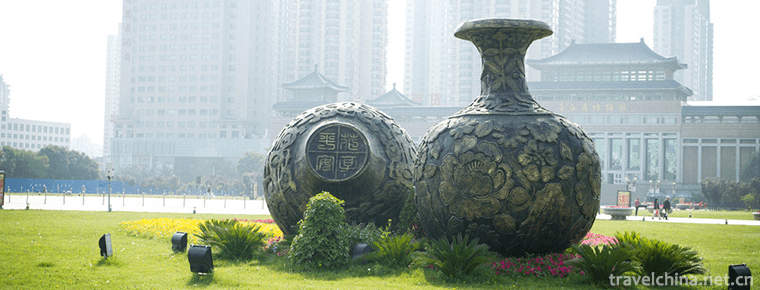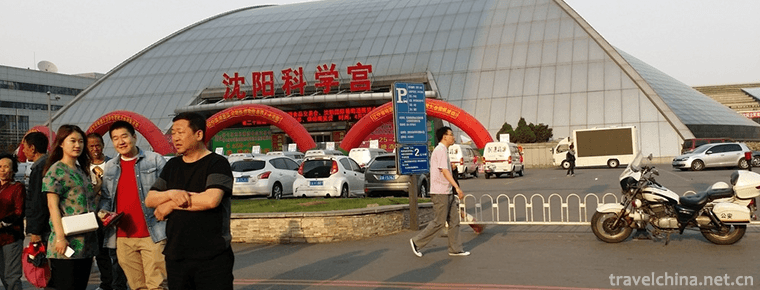2019-02-07

- By ChinaWiki.net
- Chinese Edition
- 2020-12-16
Suining history and culture
The origin of the name
As a place name, "Suining" began in the Eastern Jin Dynasty. The Eastern Jin Dynasty coexisted with the Sixteen States, while Suining belonged to the Chenghan state. At that time, the rulers of various countries had been fighting with each other for years, and the rulers of Chenghan were fighting for power and power, and the people were in great pain. In 347 A.D., general Huan Wen of the Eastern Jin Dynasty attacked Shu, defeated Li Xiong, left Li Shi, and destroyed the Han state, ending the 50 year long scuffle in Sichuan. When Huanwen returned triumphantly and passed through the county, he saw a peaceful and peaceful atmosphere. The general, who had been fighting in the battlefield for a long time, was filled with emotion. He felt that he hated the war and longed for peace. Therefore, he set up a county here and named it "Suining", which means "to calm down the war and get peace". Since then, this piece of red soil in the hills of central Sichuan has a lucky name - "Suining".
Intangible cultural heritage
As of 2015, there are 11 categories and hundreds of projects of intangible cultural heritage in Suining census, 265 representative works of intangible cultural heritage have been published by governments at all levels, including 3 at national level, 14 at provincial level and 26 at municipal level; 3 representative inheritors of intangible cultural heritage at national level, 24 at provincial level and 36 at municipal level; and productive protection base of intangible cultural heritage There are 1 local (Training Institute) provincial level and 3 municipal level; 1 provincial and 4 municipal inheritance and popularization bases of intangible cultural heritage in primary and secondary schools.
Suining religion
Before the founding of new China, there were Buddhism, Taoism, Catholicism, Christianity and Islam in Suining City. In 1951, the counties supported Catholicism and Christianity to carry out the reform movement of "autonomy, self support and autobiography", got rid of the control of foreign churches, and embarked on the road of "independent and self running churches"; they supported Buddhism, Taoism and Islam in carrying out democratic reform, abolishing the patriarchal system and implementing democratic management. During the "Cultural Revolution", religious sites were seriously damaged and religious activities stopped. After 1978, the party's policy of freedom of religious belief was implemented and religious activities were gradually resumed. In 1985, the municipal Party committee and the municipal government further implemented the notice of the CPC Central Committee on printing and distributing the basic views and policies on religious issues in the socialist period of China. Leading groups for the implementation of the policy were set up in the cities, districts and counties. 13 persons (pieces) of religious personage policies were reviewed and implemented. The total area of real estate of religious groups was 23661 square meters, and the rent and housing over the years were paid The price was 21995 yuan. Five households that had checked property and private house problems during the "Cultural Revolution" were removed. Four pieces of cultural relics and 416 copies of books were returned. The real objects were worth 4134.35 yuan. The municipal, district and county governments have successively approved the opening of religious venues to meet the needs of religious believers. By 2005, Suining had opened 87 places for religious activities, including 71 for Buddhism, 10 for Taoism, 3 for Catholicism, 2 for Islam and 1 for Christianity. Six patriotic religious groups, one Buddhist College and one religious research association were established. There are 351 religious staff and more than 1 million believers, of which Buddhism and Taoism are numerous, followed by Catholicism and Christianity, and less by Islam. In 2005, there were 11 deputies to the Municipal People's Congress, five to the district and County People's congresses, six to the Municipal Committee of the Chinese people's Political Consultative Conference, and six to the district and County People's Political Consultative Conference.
Ask a Question
Your email address will not be published.



0 Questions